Cooper Medical – A leading institution in trauma care and medical research, influencing best practices in emergency medicine.
Ryder Trauma Center at Jackson Memorial Hospital – A high-volume trauma center with a significant impact on trauma protocol development.
University of Cincinnati Medical Center (CCAT) – A recognized leader in Critical Care Air Transport (CCAT), setting standards for patient evacuation and critical care.
University of Texas TRC-4 – A major research center focused on trauma care and innovative treatment methodologies.
Tactical Combat Casualty Care (TCCC) – The cornerstone of battlefield medicine, setting the standards for prehospital care in combat.
TRC-4 (Trauma Research and Combat Casualty Care Collaboration) – Focuses on advancing trauma care research and implementing innovative medical solutions.
CCAT (Critical Care Air Transport Team) – A key group responsible for medical evacuation and critical care during patient transport, influencing military medical adoption.
ISR (Institute of Surgical Research) – SAMMC (San Antonio Military Medical Center) – The premier military medical research institution, shaping the future of combat medicine.
For the military to adopt new procedures or products, several key factors must align:
Early Adoption in the Field – Field testing and successful deployment are critical to gaining traction.
Established Requirement & Demonstrated Need – Products must address a recognized gap or enhance existing capabilities.
Contracting Vehicles & Certifications – Proper procurement channels and regulatory approvals must be in place.
While the process may appear complex, persistence and a strategic approach will facilitate success. Below is the roadmap moving forward:
By following this strategic roadmap, we can effectively navigate the adoption process and position the product for widespread use across both civilian and military sectors.
Ready to bring your medical solution to the DoD?
Contact us today to get started.

24/7 Around the clock